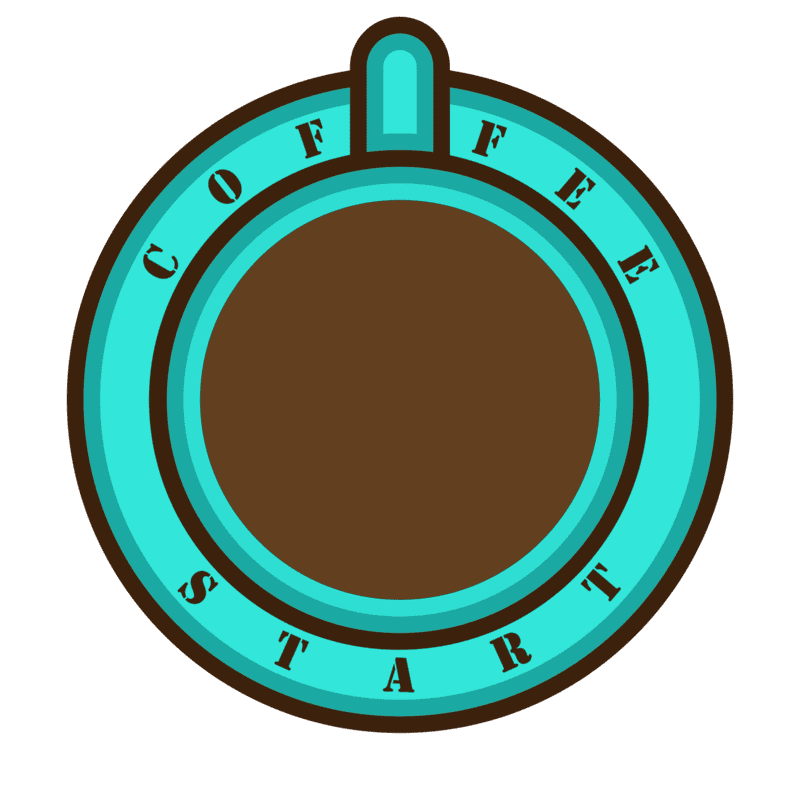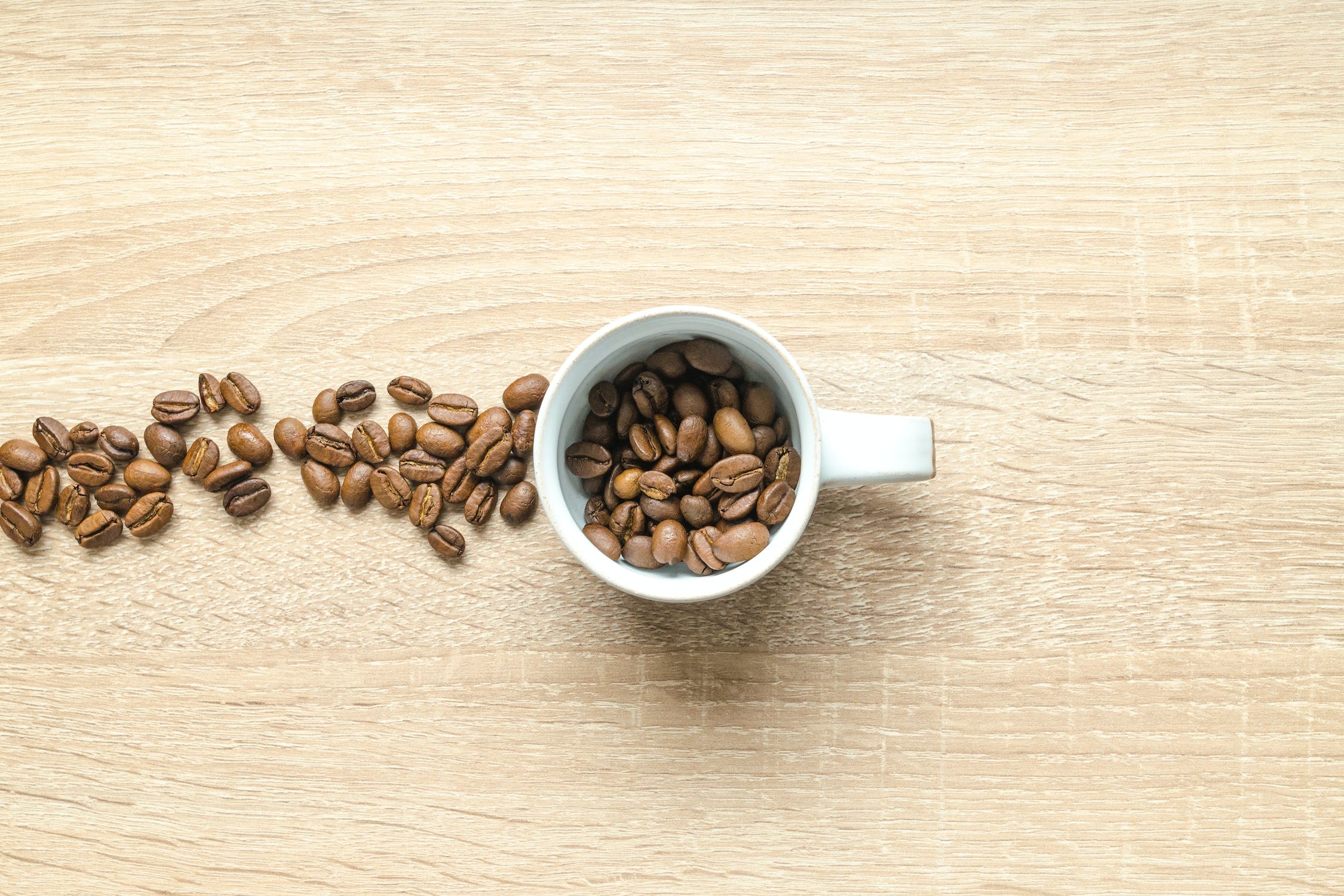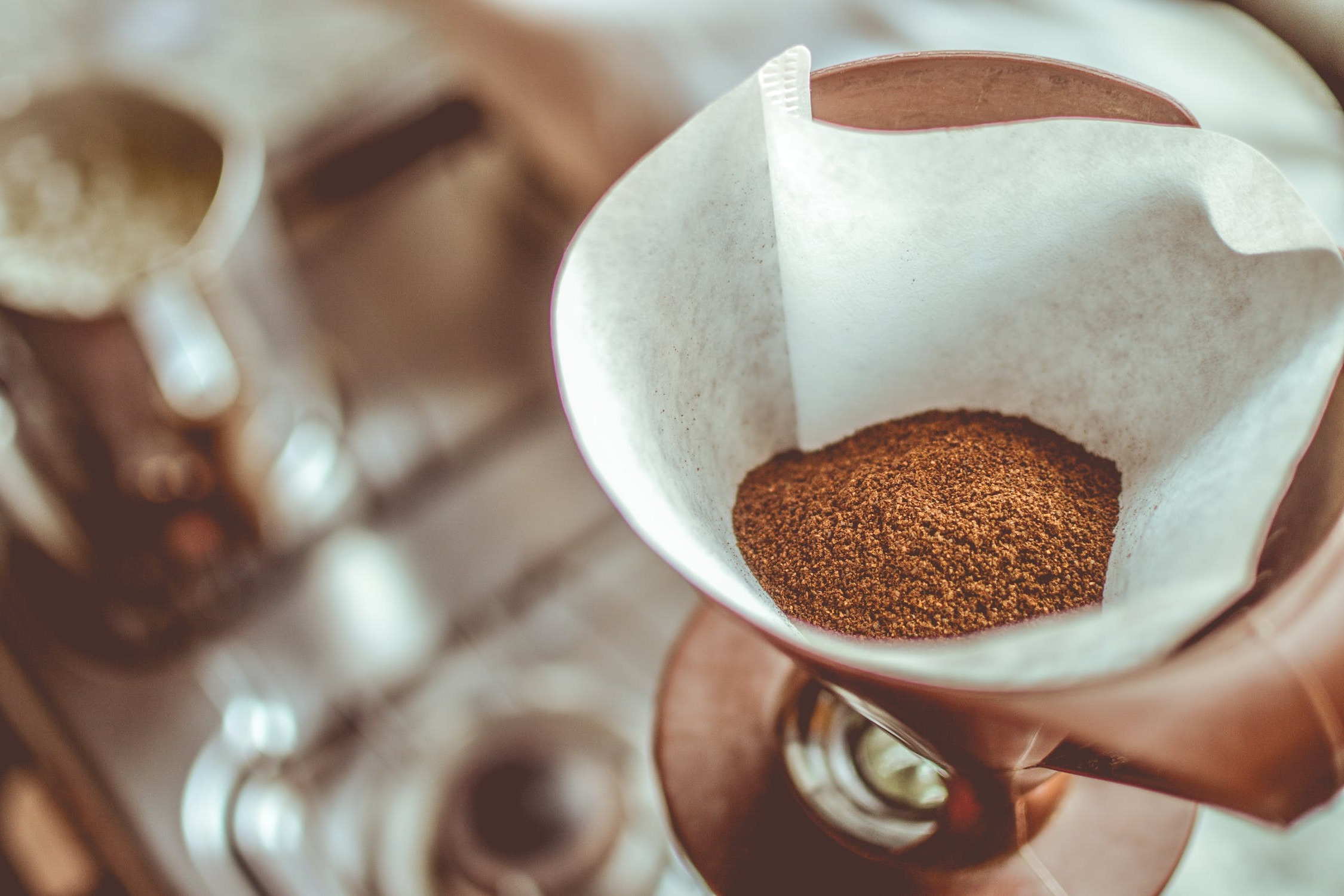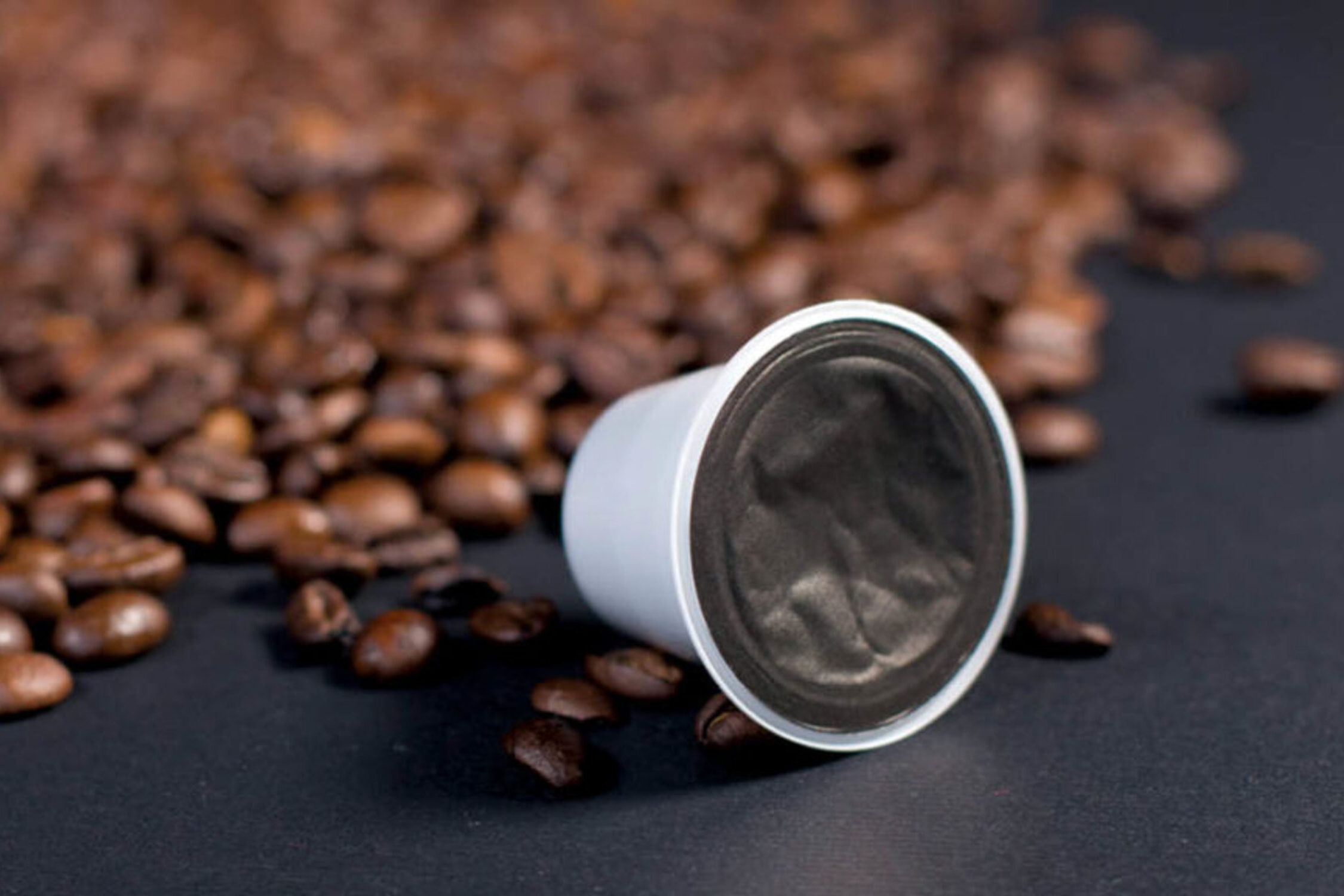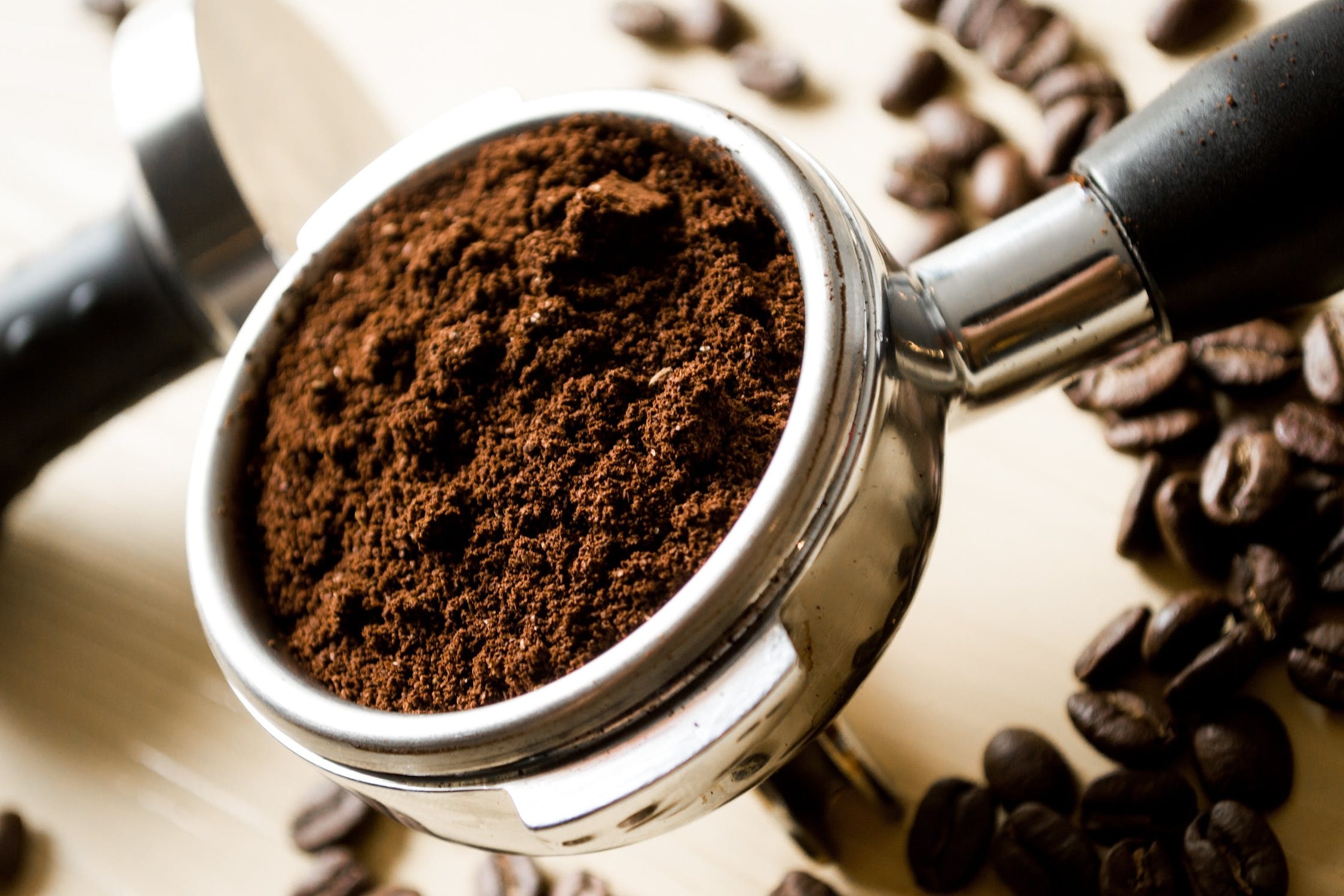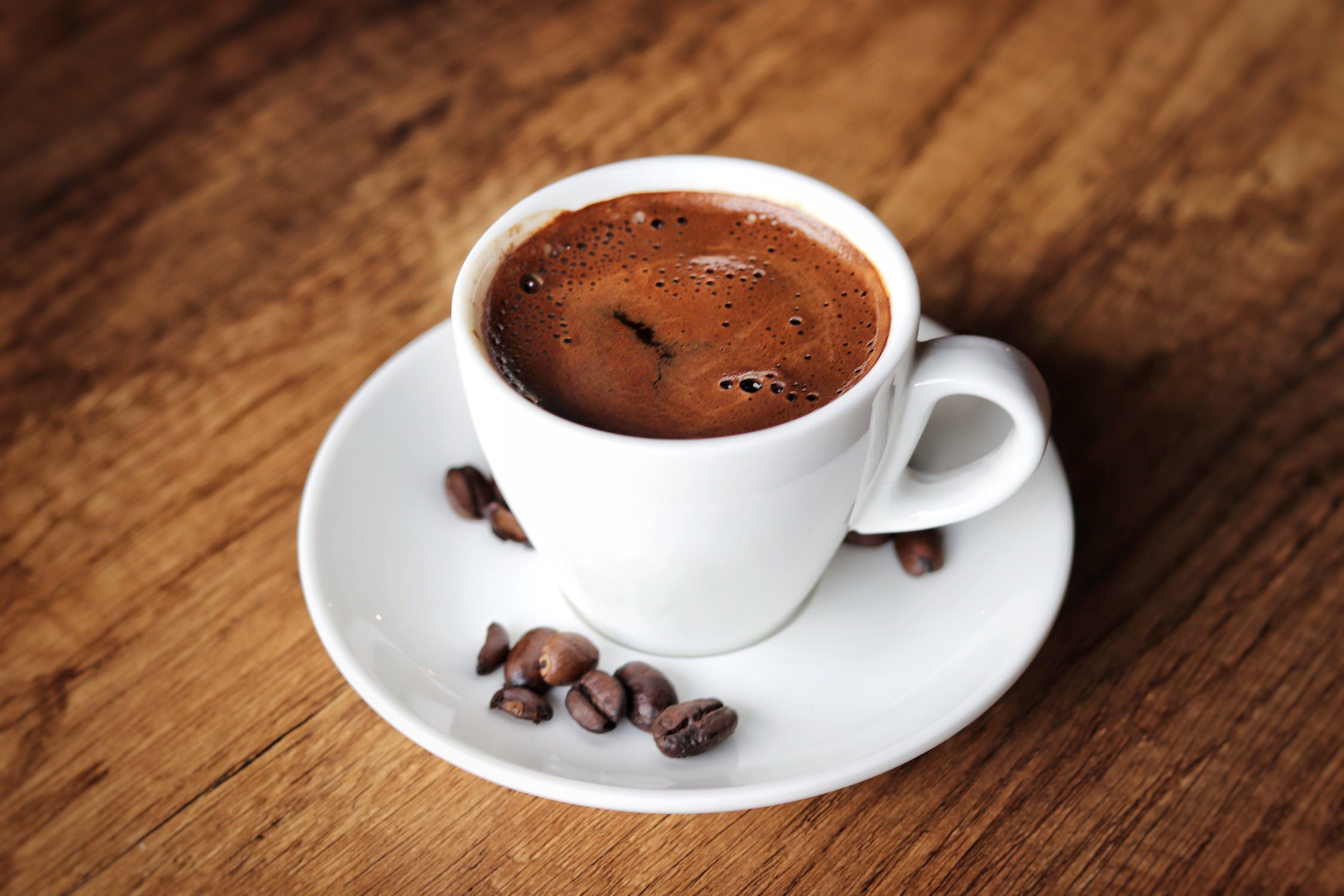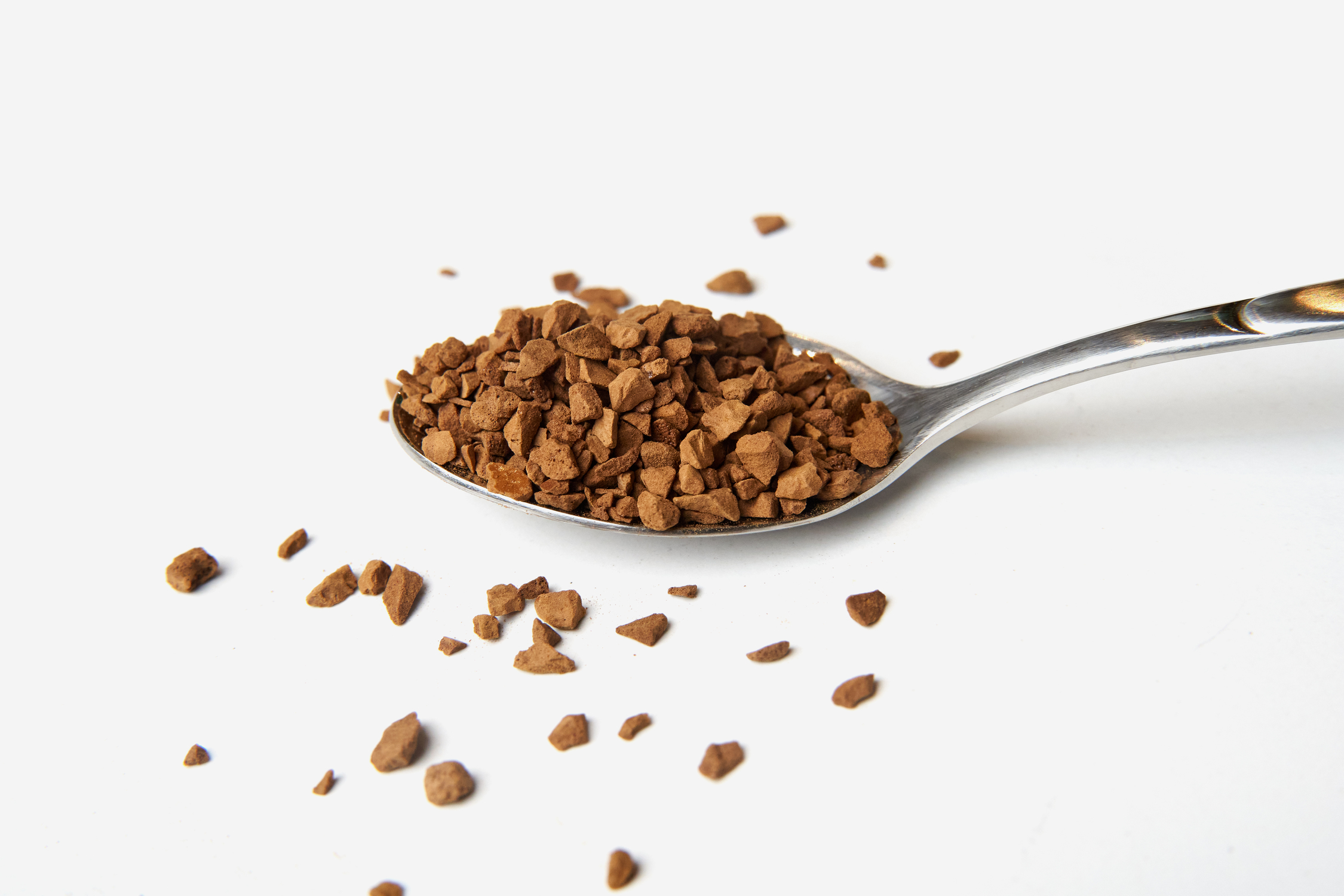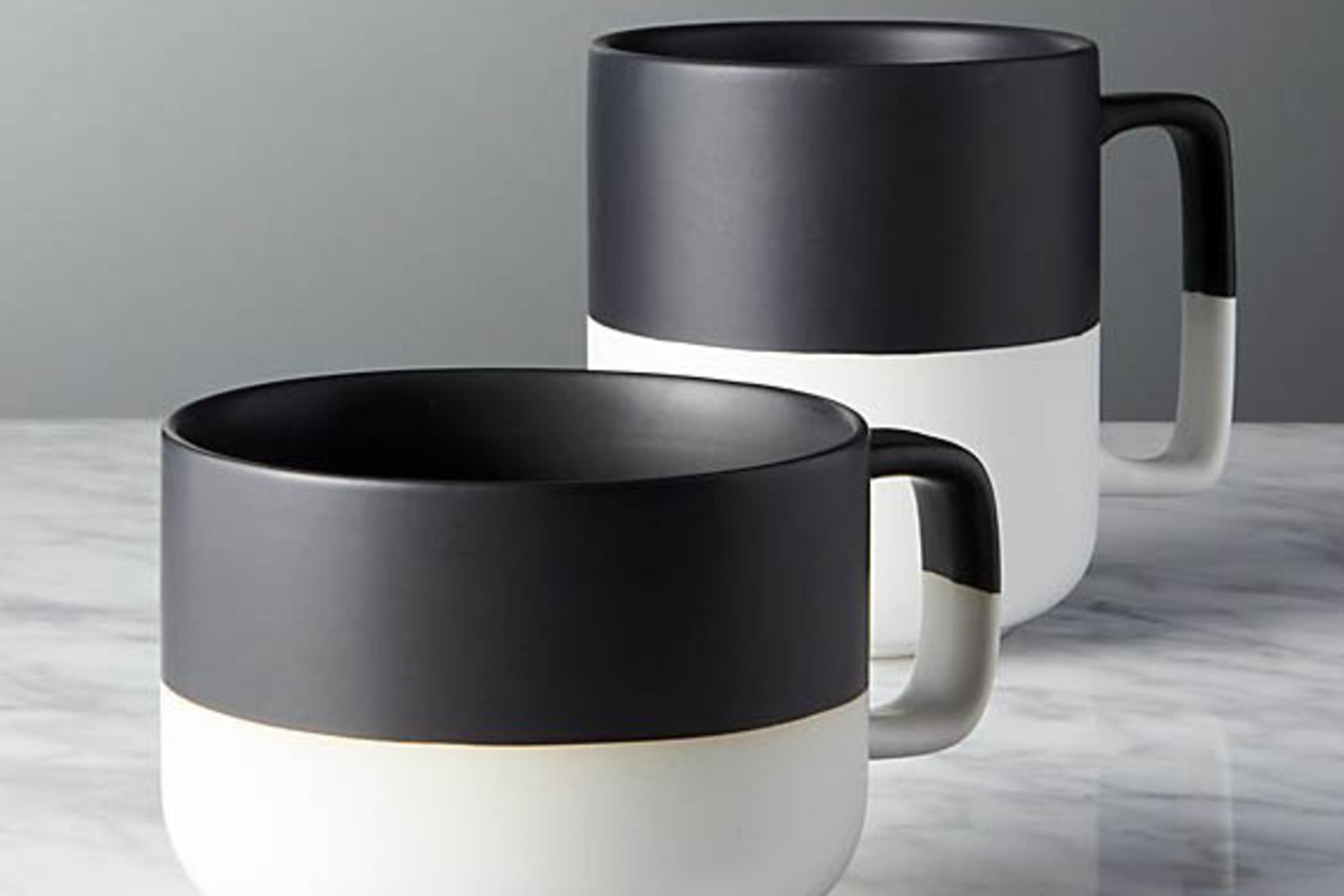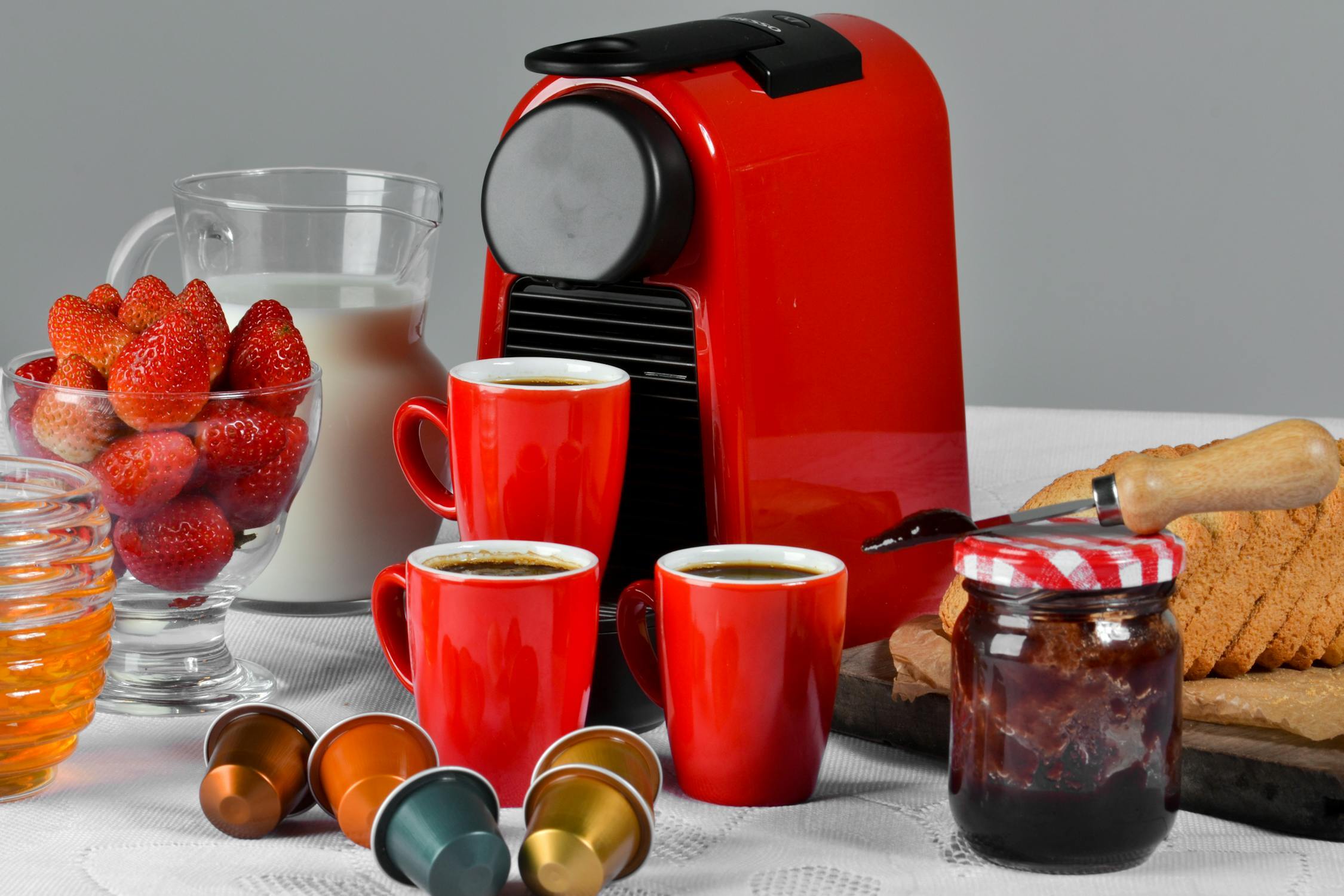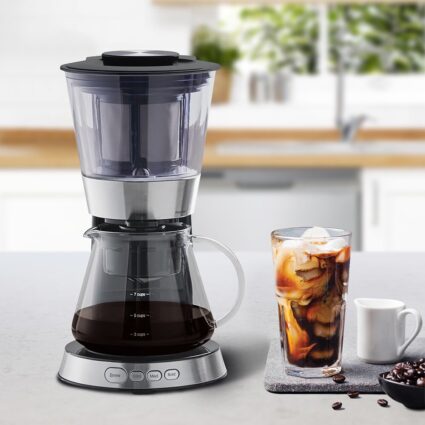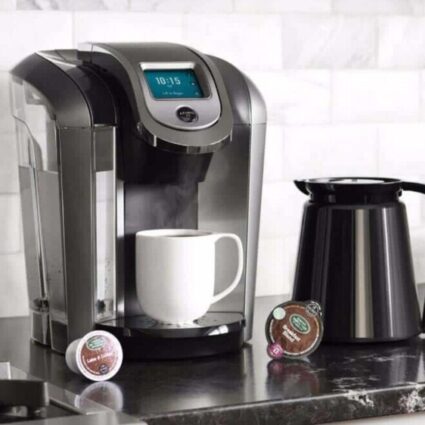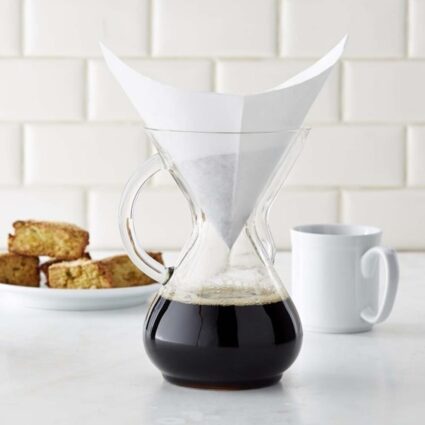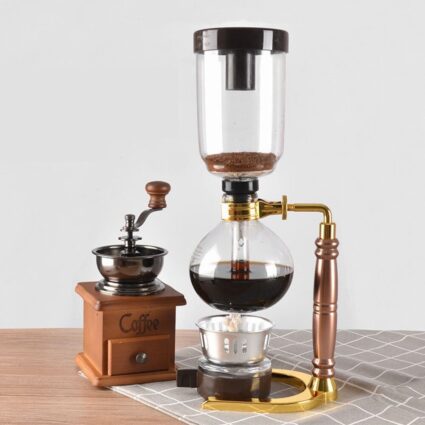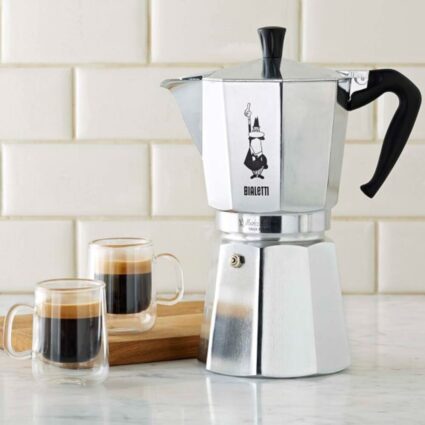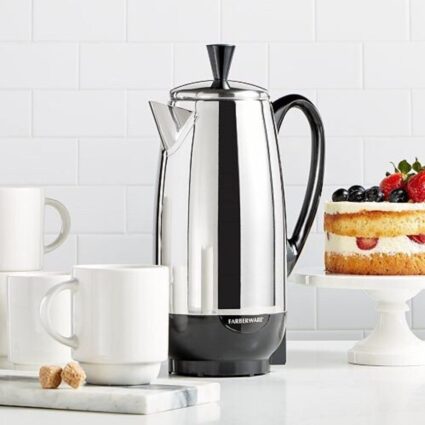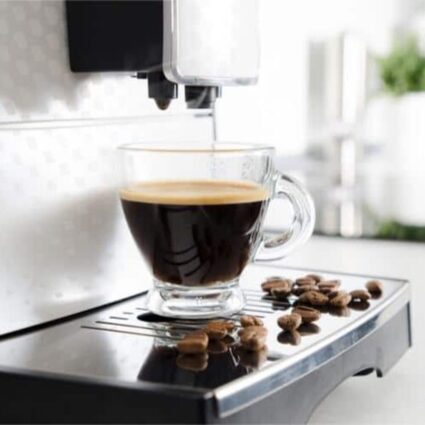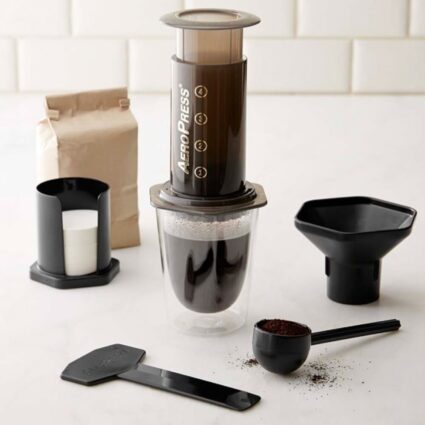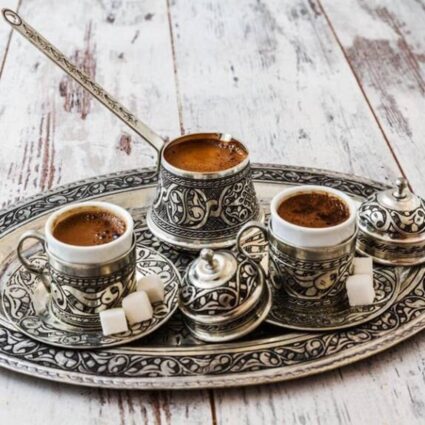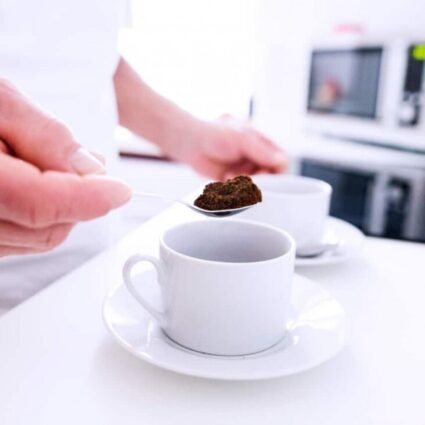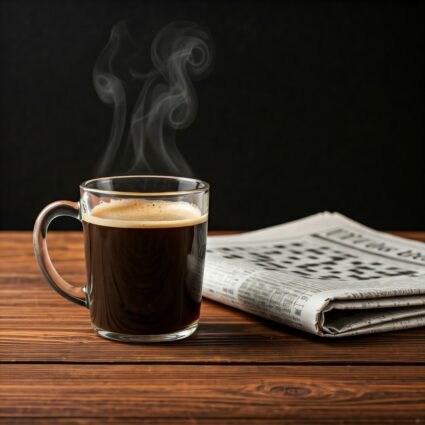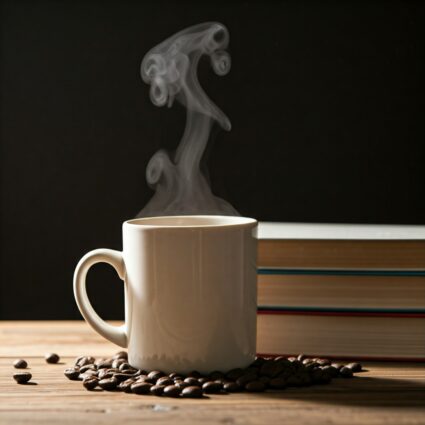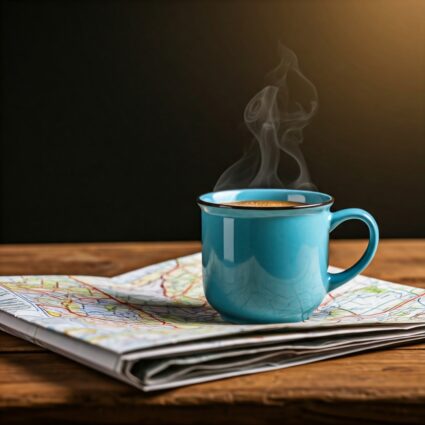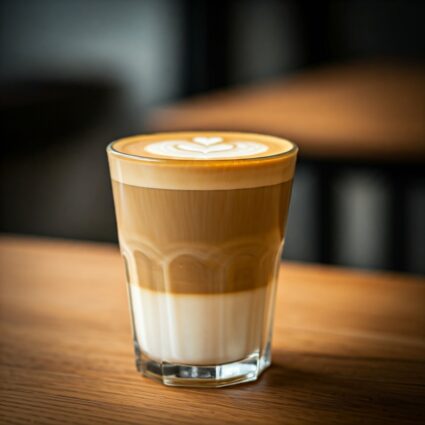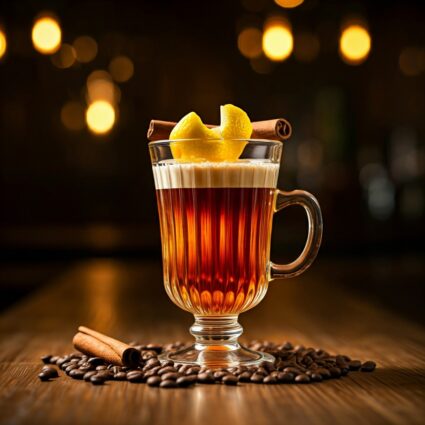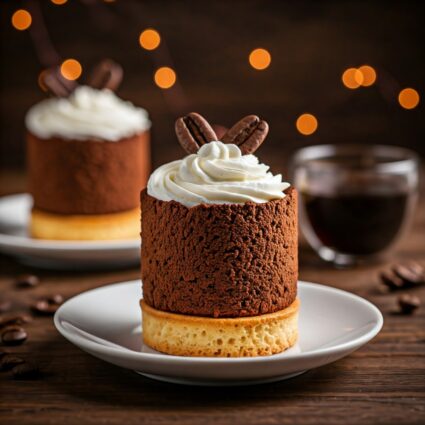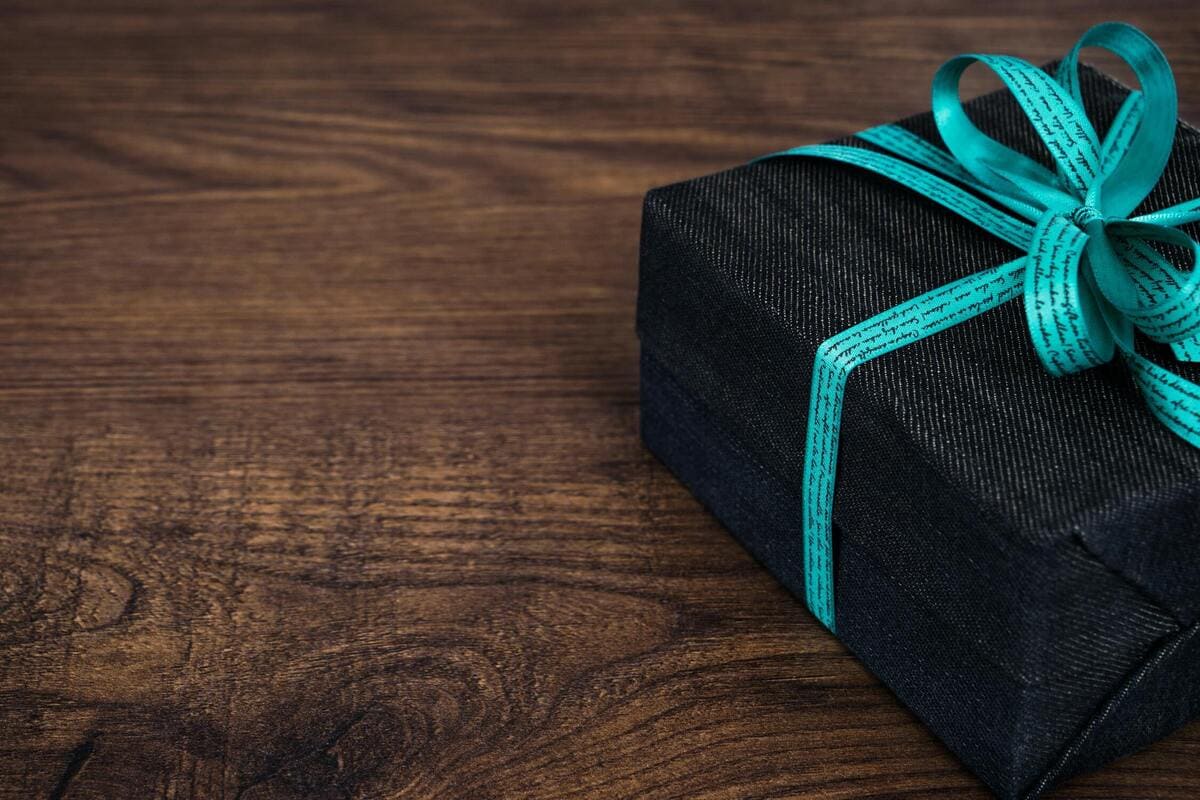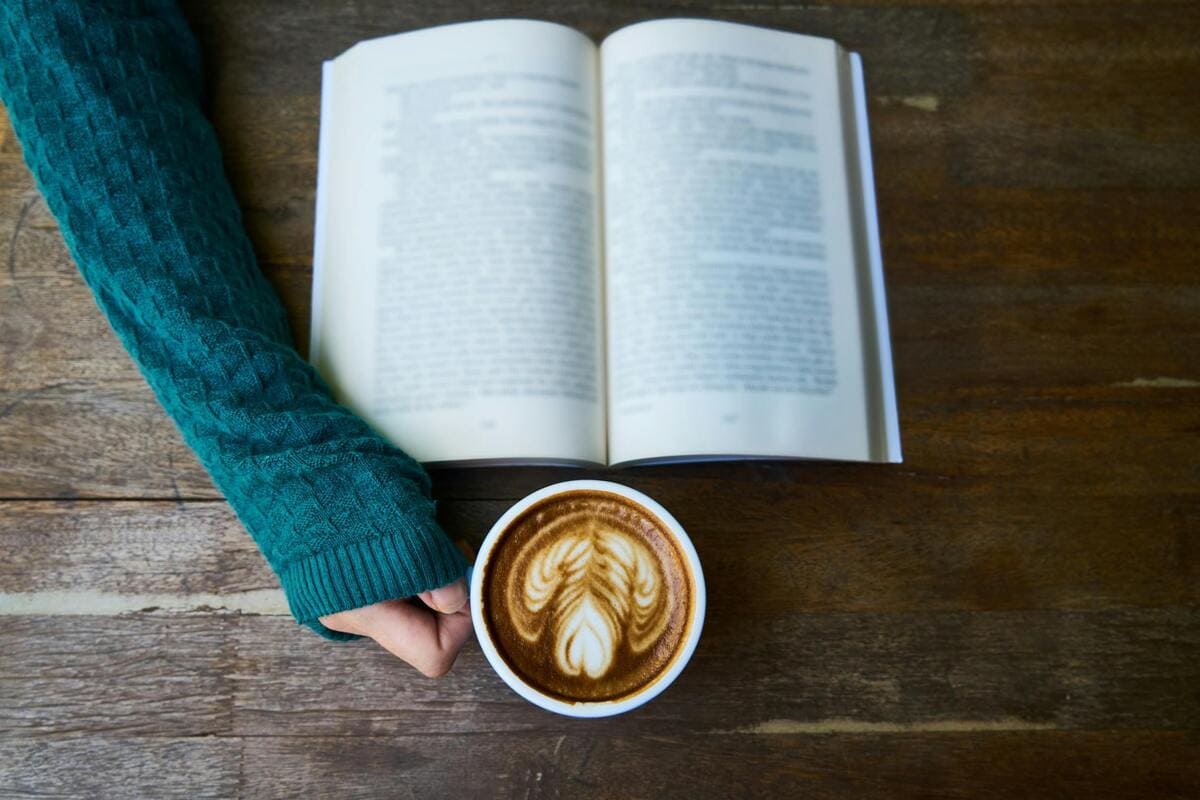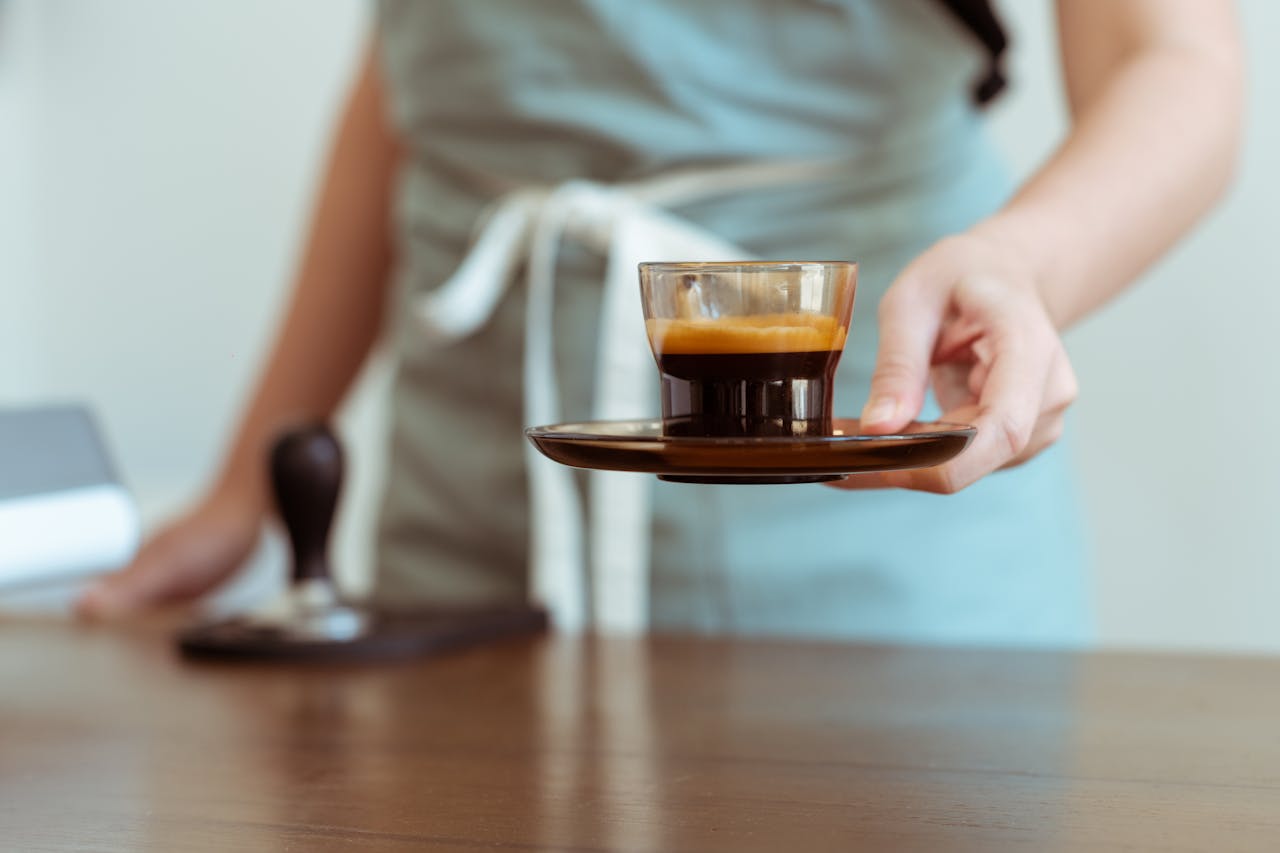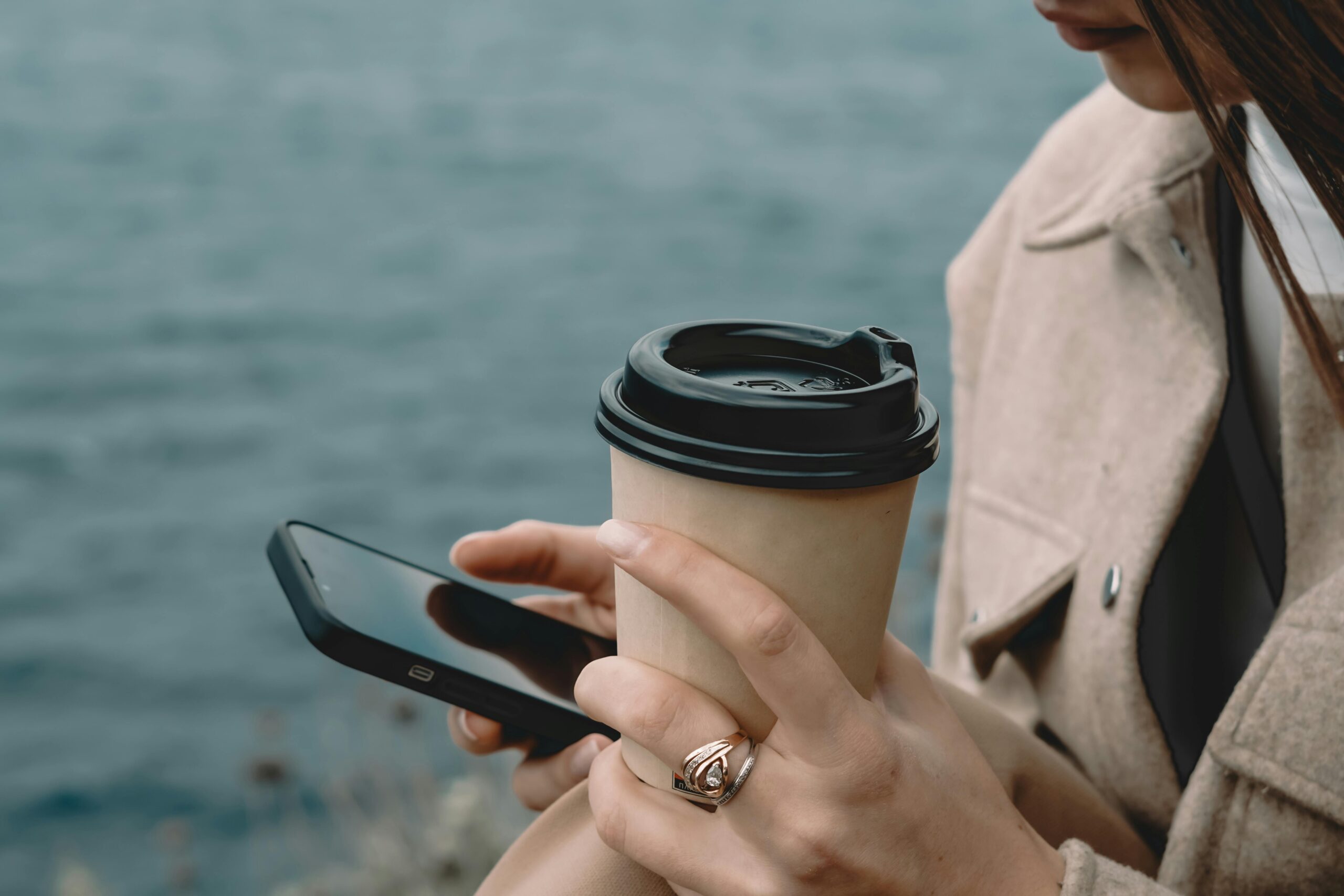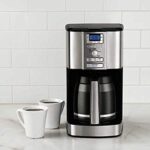DRIP COFFEE
A wonderful start of the day
DESCRIPTION
Originated from the English word “Drip”, Drip American Coffee is mostly known in the world as “American Coffee” and is a coffee prepared in an automatic electric coffee maker, which is also called “Filter Coffee”, “Filtered Coffee” and “Automatic Coffee”. :
Currently, there are many Drip American Coffee makers all over the world, with various functions, to suit all preferences.
The principle of the Drip American Coffee maker is simple enough.
A paper filter holds the coffee grounds in a Drip American Coffee maker. Pour the desired amount of ground coffee into the filter. Next, add water to the appropriate container. Plug in the device. A heater boils the water, turning it into steam. The steam cools slightly and becomes hot water. This hot water flows through the coffee grounds, extracting the flavor. The brewed coffee drips into a container, while the used grounds remain in the filter.
This coffee is very widely used all over the world.
The foundation of modern Drip American Coffee can be traced back to the 19th century. During this time that English scientist Benjamin Rumford laid the groundwork for coffee brewing techniques, including drip coffee.
The first Drip American Coffee maker was invented in 1800 by the French Archbishop Jean-Baptiste de Bellois. In this device, the hot water, passing drop by drop through the coffee, was collected in another container.
But in 1827, Parisian jeweler Jacques-Augustin Gande invented a coffee maker that allowed hot water to rise up a tube and pour over the coffee. Then another Frenchman named Nicolas Felix Durand perfected it.
Edward Lawsell de Santais improved the designs of his predecessors by replacing water with steam. He presented it at the Paris Exhibition in 1855.
Later, with further improvement, the first electric coffee maker was created in the USA in 1908 by the “Universal” Company. However, it was not automatic. The device operation had to be monitored in order to turn it off on time.
And only in 1952, the American Russell Hobbs made the coffee maker fully automatic. He used a bimetallic contact, which turned off the device at the temperature of coffee preparation.
PREPARATION
- Place the paper filter in the appropriate drawer;
- Pour the required amount of freshly ground coffee into the filter;
- Close the lid;
- Fill the required volume of water into the appropriate container;
- Close the lid and connect the coffee maker to the electricity (if necessary, select the appropriate program if the coffee maker is equipped with special programs);
- After the sound or light signal of the coffee maker, turn off the coffee maker from the power (or leave it on, if the coffee maker is equipped with a special program to keep the coffee warm);
- Wait about half a minute until the coffee “rests”;
- Pour the coffee into cups and serve.
DIRECTIONS
| Coffee Type | 100% Arabica |
| Roasting Level | Medium (Vienna Roast) Dark (French Roast) |
| Grind Size | Medium (Filter Coffee) |
| Grind Size | Almost Boiling: 197 ÷ 205 ° Fahrenheit |
| Coffee / Water Ratio | 4-6 gr coffee / 100 ml water (1.5-2 tablespoon for every cup) |
| Preparation Time | 5 minutes |
| Serving Size | 240 ml (8 Fl Oz) |
| Caffeine Amount in 1 Serving | 100-120 mg |
| Nutritional Value | 2-3 Calories |
| Daily Dosage | No more than 4 Cups |
| Serving Method | -As is; -With Milk or Cream; – With Sweetener or Dessert. |
W A R N I N G !
The given numbers are average and may be different from the actual values.
FACTS
– American Coffee is often confused with “Americano” coffee. The American Coffee is actually a drip coffee, while Americano is made by mixing hot water with Espresso Coffee.
– In the USA, drip coffee became very popular due to the one belief. People thought that Drip American Coffee contains less caffeine than espresso, but in fact the opposite is true.
– The world’s first real-time video camera was installed in Cambridge University, England. With its help, the University employees monitored the contents of the automatic coffee maker installed in the “Trojan Room”.
– By the paper filter, oil compounds “Cafestrol” and “Kahweol”, which increase blood cholesterol level, are filtered from coffee.
– Coffee prepared by drip method or electric automatic coffee maker is often called “Filter Coffee”.
DESCRIPTION
Originated from the English word “Drip”, Drip American Coffee is mostly known in the world as “American Coffee” and is a coffee prepared in an automatic electric coffee maker, which is also called “Filter Coffee”, “Filtered Coffee” and “Automatic Coffee”. :
Currently, there are many Drip American Coffee makers all over the world, with various functions, to suit all preferences.
The principle of the Drip American Coffee maker is simple enough.
A paper filter holds the coffee grounds in a Drip American Coffee maker. Pour the desired amount of ground coffee into the filter. Next, add water to the appropriate container. Plug in the device. A heater boils the water, turning it into steam. The steam cools slightly and becomes hot water. This hot water flows through the coffee grounds, extracting the flavor. The brewed coffee drips into a container, while the used grounds remain in the filter.
This coffee is very widely used all over the world.
The foundation of modern Drip American Coffee can be traced back to the 19th century. During this time that English scientist Benjamin Rumford laid the groundwork for coffee brewing techniques, including drip coffee.
The first Drip American Coffee maker was invented in 1800 by the French Archbishop Jean-Baptiste de Bellois. In this device, the hot water, passing drop by drop through the coffee, was collected in another container.
But in 1827, Parisian jeweler Jacques-Augustin Gande invented a coffee maker that allowed hot water to rise up a tube and pour over the coffee. Then another Frenchman named Nicolas Felix Durand perfected it.
Edward Lawsell de Santais improved the designs of his predecessors by replacing water with steam. He presented it at the Paris Exhibition in 1855.
Later, with further improvement, the first electric coffee maker was created in the USA in 1908 by the “Universal” Company. However, it was not automatic. The device operation had to be monitored in order to turn it off on time.
And only in 1952, the American Russell Hobbs made the coffee maker fully automatic. He used a bimetallic contact, which turned off the device at the temperature of coffee preparation.
PREPARATION
- Place the paper filter in the appropriate drawer;
- Pour the required amount of freshly ground coffee into the filter;
- Close the lid;
- Fill the required volume of water into the appropriate container;
- Close the lid and connect the coffee maker to the electricity (if necessary, select the appropriate program if the coffee maker is equipped with special programs);
- After the sound or light signal of the coffee maker, turn off the coffee maker from the power (or leave it on, if the coffee maker is equipped with a special program to keep the coffee warm);
- Wait about half a minute until the coffee “rests”;
- Pour the coffee into cups and serve.
DIRECTIONS
| Coffee Type | 100% Arabica |
| Roasting Level | Medium (Vienna Roast) Dark (French Roast) |
| Grind Size | Medium (Filter Coffee) |
| Grind Size | Almost Boiling: 197 ÷ 205 ° Fahrenheit |
| Coffee / Water Ratio | 4-6 gr coffee / 100 ml water (1.5-2 tablespoon for every cup) |
| Preparation Time | 5 minutes |
| Serving Size | 240 ml (8 Fl Oz) |
| Caffeine Amount in 1 Serving | 100-120 mg |
| Nutritional Value | 2-3 Calories |
| Daily Dosage | No more than 4 Cups |
| Serving Method | -As is; -With Milk or Cream; – With Sweetener or Dessert. |
W A R N I N G !
The given numbers are average and may be different from the actual values.
FACTS
– American Coffee is often confused with “Americano” coffee. The American Coffee is actually a drip coffee, while Americano is made by mixing hot water with Espresso Coffee.
– In the USA, drip coffee became very popular due to the one belief. People thought that Drip American Coffee contains less caffeine than espresso, but in fact the opposite is true.
– The world’s first real-time video camera was installed in Cambridge University, England. With its help, the University employees monitored the contents of the automatic coffee maker installed in the “Trojan Room”.
– By the paper filter, oil compounds “Cafestrol” and “Kahweol”, which increase blood cholesterol level, are filtered from coffee.
– Coffee prepared by drip method or electric automatic coffee maker is often called “Filter Coffee”.
